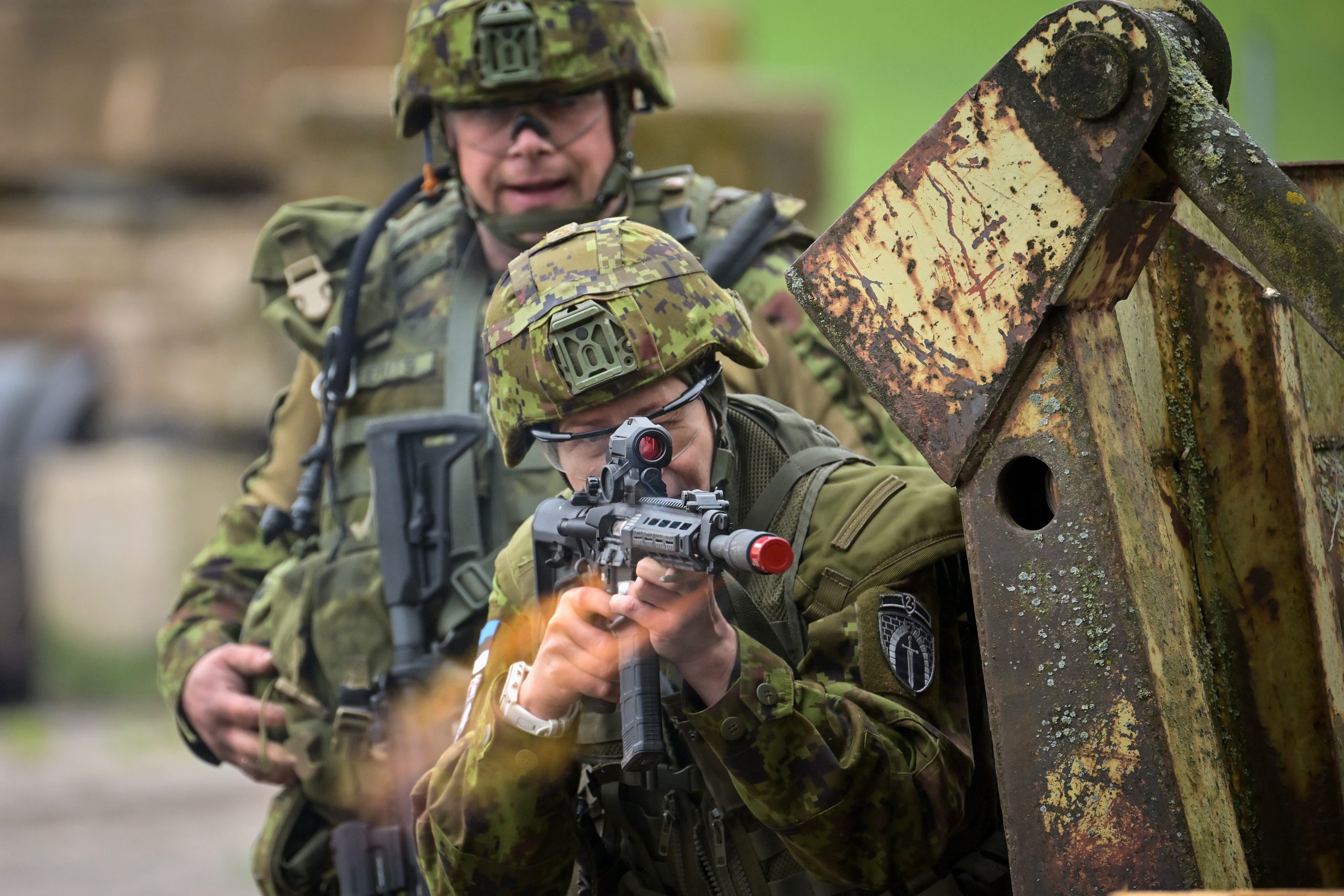Australia ‘would consider’ providing peacekeepers if talks to bring the fighting in Ukraine to a close succeed, but any such force would face big challenges in carrying out its mission.
Prime Minister Anthony Albanese this week repeated his pre-election pledge to send troops to help any peacekeeping force if a ceasefire in the war-torn country is achieved.
The multinational troops would be part of security guarantees for Ukraine, it says are needed before it signs any peace deal with Russia.
READ MORE: ‘Early step’: Trump calls Putin to arrange meeting with Zelenskyy

“If there is a peace and if there is a global response to that in the form of peacekeeping, then we would consider any proposal at the time,” he told Sky News.
“That would be a matter for the cabinet. But certainly Australia’s position has been very clear from the beginning.”
Albanese insisted the role of any ADF units involved would be “not to fight”.
The prime minister’s stance was supported by Opposition Leader Susan Ley who said the Coalition would “work constructively” with the government.
The united stance was praised by Ukraine’s ambassador to Australia, Vasyl Myroshnychenko, who said bipartnership on his country’s security was crucial.
“I welcome that decision, I think that’s a very smart decision,” he told AAP.
“We’ve traditionally had that bipartisan support and I think it’s the right thing to do.”
READ MORE: Millions warned downpour to persist, flooding possible

Why are security guarantees important?
At the much-anticipated White House meeting this week between US President Donald Trump, Ukraine’s President Volodymyr Zelenskyy and European leaders, guarantees on security became a central issue.
Zelenskyy knows that in the long run, Russia’s superior numbers and weaponry will grind down Ukrainian resistance. So he has long insisted that any agreement must provide Ukraine with promises that the US and Europe will prevent the Russians from resuming their assault in a year or two.
Which countries could offer peacekeepers?
The “Coalition of the Willing,” a group of 30 key Ukrainian allies, including Australia, is still working out what it can realistically offer.
The purpose is clear enough: to deter the Russians from fresh attacks on Ukraine in years to come. The shape is less clear, but there will likely be a plan to put forces on the ground and support Ukraine from the sea and in the air. There would also be help in rebuilding the Ukrainian military, now exhausted by more than three years of war.
Earlier this year, the UK and France came up with the concept of a multinational force. On Monday, French President Emmanuel Macron said the help of other countries was important.
“We’re going to need to help Ukraine with boots on the ground, to make sure that there is no intrusion from Russia in the future.”
READ MORE: Plane forced to land in Italy after flames erupt mid-air

What would a peacekeeping force face?
Defence experts say a fully-fledged assurance force fanning out across a 1000 kilometre front line would require far more than 100,000 troops, a huge stretch for European armies which have shrunk since the end of the Cold War.
Add logistics, rotations and a command structure to what must be figured out. And rules of engagement in the event of ceasefire violations, which would have to be agreed by all governments with troops on the ground.
“The force deployed would need to be credible to Moscow and the coalition resolved to act decisively in the event of a breach of the ceasefire,” according to a report by the International Institute for Strategic Studies (IISS).
Will the US deploy peacekeepers?
The US military is the world’s largest and the biggest member in the NATO military alliance.
On Monday, while answering questions in the White House, Trump did not rule out sending US troops to participate in a European-led effort to maintain peace.
But just hours later he walked back the remarks.
Asked on Tuesday on Fox News Channel’s Fox & Friends what assurances he could provide going forward and beyond his term that American troops would not be part of defending Ukraine’s border, Trump said, “Well, you have my assurance, and I’m president.”
Trump would have no control over the US military after his term ends in January 2029.
White House press secretary Karoline Leavitt later on Tuesday emphasised that “US boots will not be on the ground” as part of any potential peacekeeping mission.
– With Associated Press, CNN
